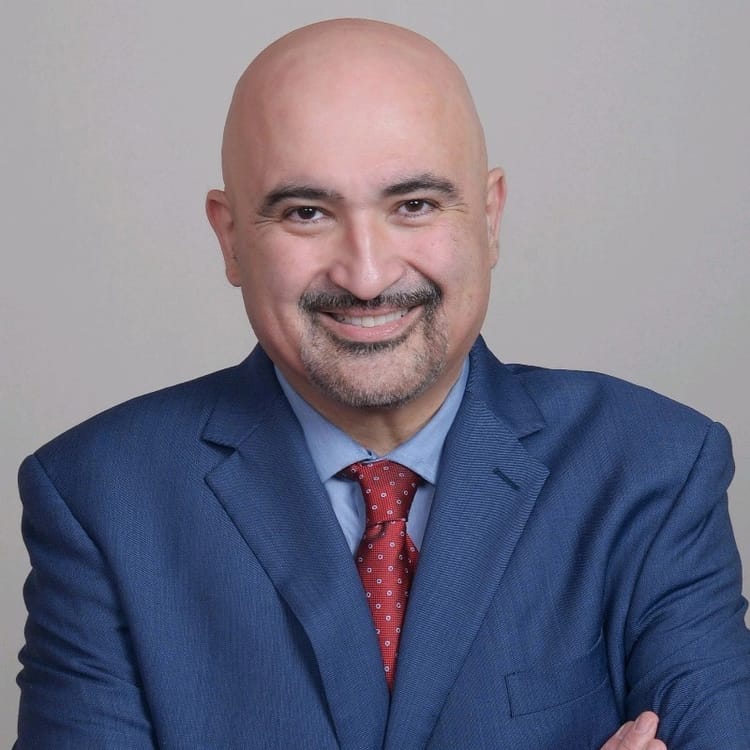‘Mutual communication happens between the dentist, the patient and the lab’

A version of this Q&A first appeared in the Dental Bite Newsletter. Sign up to here to receive the weekly newsletter.
By Carrie Pallardy | for Dental Bite
Not every member of a dental practice’s team is in-house. Many practices work closely with third-party dental labs to complete their cases. That relationship is vital, but it can be tricky.
Joe Lynch, head of customer success at digital dental lab Dandy, talked to Dental Bite about the importance of the practice-lab working relationship and how communication can strengthen that bond.
Why is it important for a dental practice to have a close working relationship with its dental lab?
It's a fundamental relationship. There is a mutual communication that happens between the dentist, the patient and the lab technician that actually allows the dentist to place the highest quality prosthetic inside of a patient's mouth.
What are some common issues and challenges that can complicate a practice-lab relationship?
One of the interesting things about dentistry, and prosthetics in particular, is that there's really an infinite number of combinations. Everything from the way the impression is taken to the outcome that the patient is looking for, and that the dentist is looking for, whether it's a restorative case or an aesthetic preference case—all of those are variables that impact how we design and manufacture a case.
What are things that can go wrong? The quality of the impression may not be perfect. On the design and the manufacturing side, we're making judgments to best deliver a clinical outcome. When we have questions, we want to reach out and talk to the doctor. “This is what we're seeing. Does that match what you understood as well?” Things like interproximal contacts, the patient preference for shade, the material selection—all of these are different variables involved in the design and manufacture of prosthetics.
What advice do you have for dentists seeking to improve their working relationship with a dental lab?
It's a two-way street. It starts with taking great impressions. If there are things that are anomalous about the patient or around the outcome that you're trying to deliver, let your lab technician know so that we can fabricate to the standard that you're trying to deliver to your patient.
On the lab side, if the impressions are coming back and we're missing information, we have to let doctors know that and say, “Hey, this is a gap, or these are things that we're seeing.” It's really about reinforcing those communication loops throughout the process and throughout the relationship.
Responses have been edited for brevity and clarity.
Thanks for reading today's edition! You can reach the newsletter team at newsletter@dentalbite.co. We enjoy hearing from you.
Interested in advertising? Email us at newslettersales@mvfglobal.com
Dental Bite is curated and written by Carrie Pallardy and edited by Lesley McKenzie.



